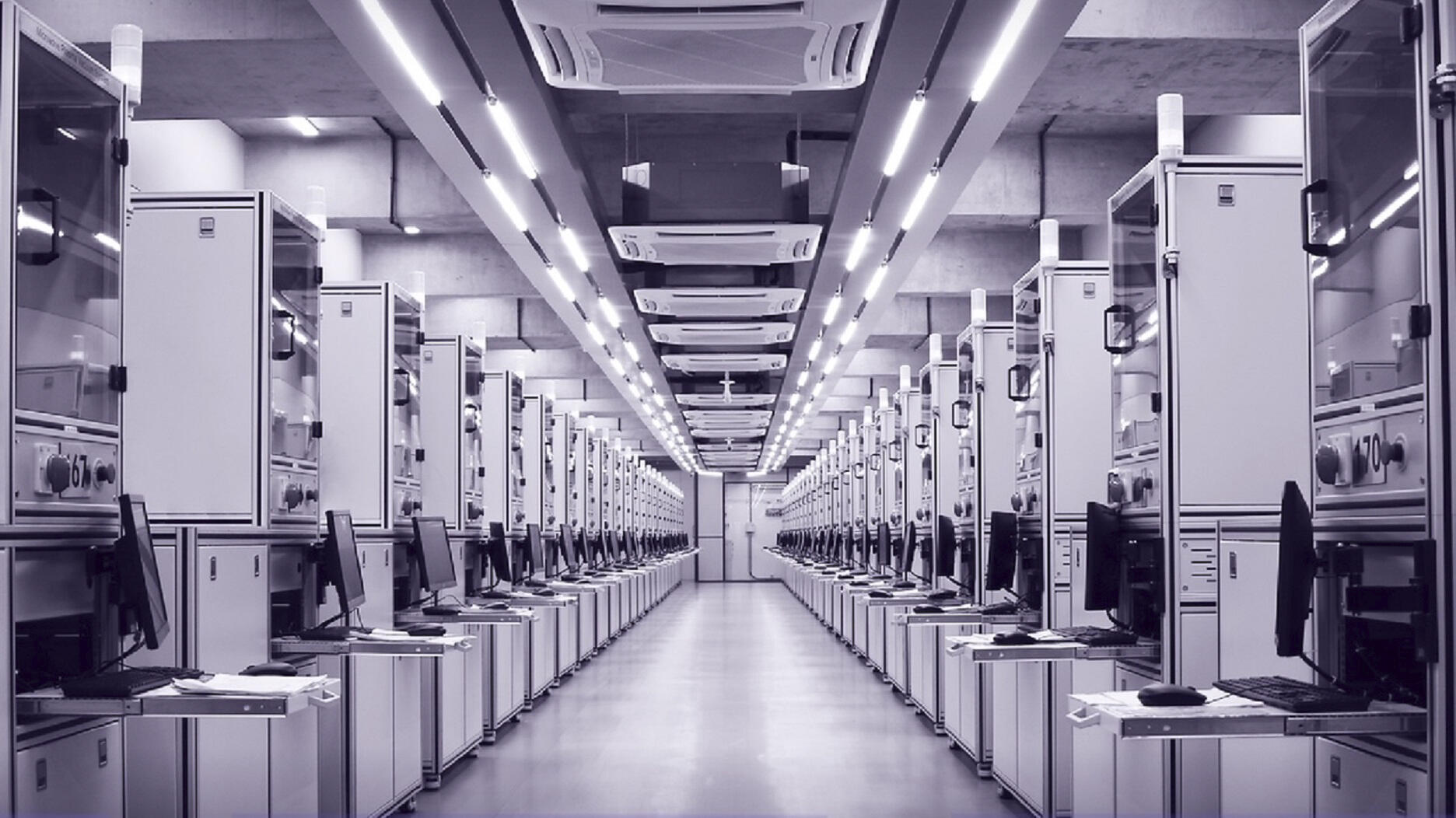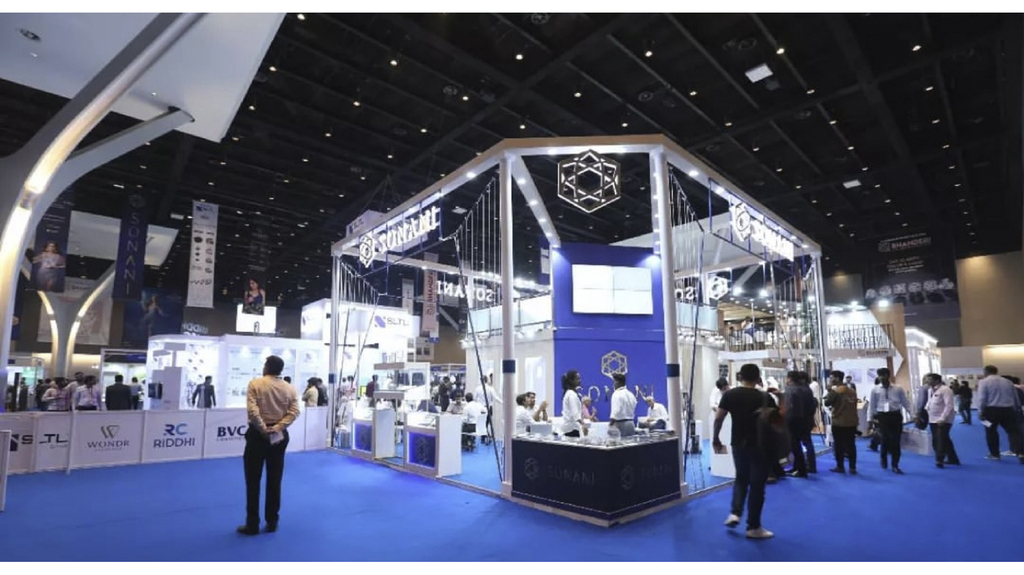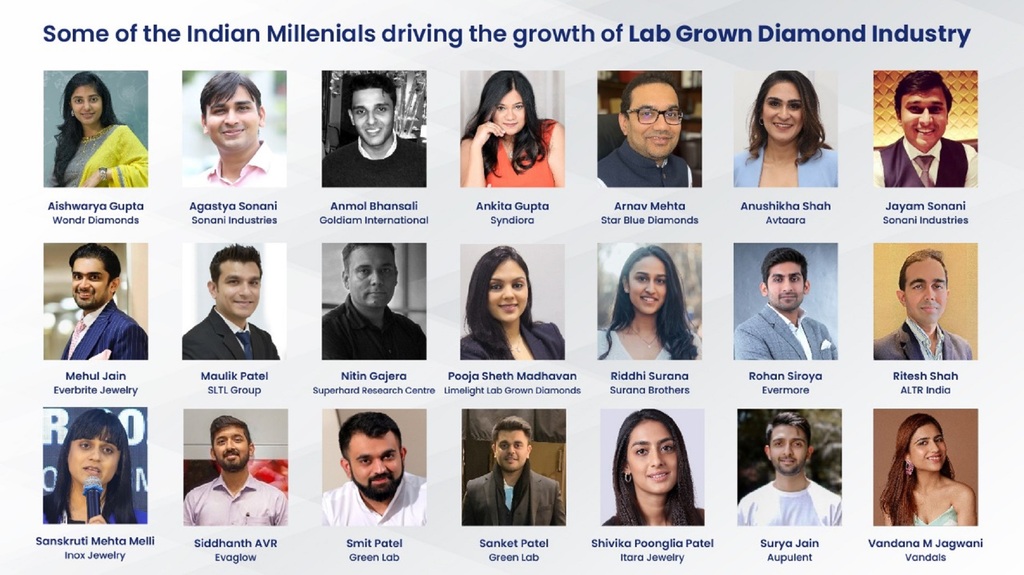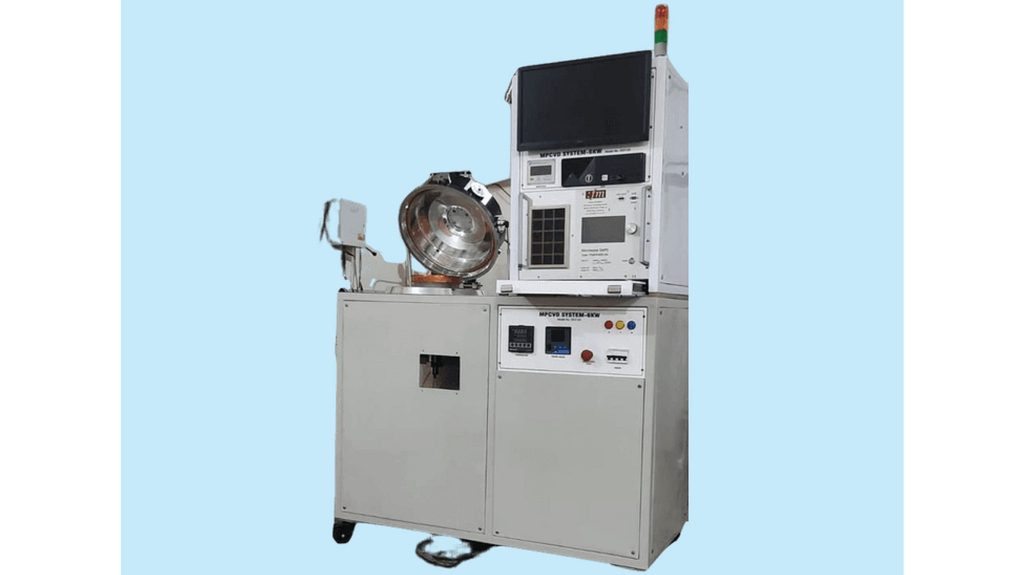In India’s Lab-Grown Diamond Industry, Change Is the Only Constant

Greenlab’s state-of-the-art CVD diamond growing facility runs on solar power. One of India’s leading lab-grown diamond companies, Greenlab is headed by millennials (brothers Smit and Sanket Patel) who want to create more long-term value in the sector.
"Mumbai— According to the Gem & Jewellery Export Promotion Council, provisional gross exports of polished lab-grown diamonds soared 61 percent year-over-year between April and September of this year, nearing $1 billion.
Exports totaled $943.6 million, compared with $587.8 million for the same period last year, GJEPC said.
During this period, Indian exhibitors at trade shows all over the world—from Las Vegas to Vicenza, to London, Sydney and Singapore—have witnessed more customers buying lab-grown diamonds and jewelry.
The second edition of what is billed as the world’s first business-to-business trade show dedicated entirely to the industry, the Lab-Grown Diamond Jewellery Show 2022, was held in Mumbai at the Jio World Centre in early August.
Spread across more than 53,000 square feet, LDJS 2022 attracted 25,000 visitors, with international buyers mostly hailing from Singapore, Hong Kong, and the Middle East.
It had more than 100 exhibitors showcasing their varied ranges of diamonds, jewelry and machines.

A shot from the show floor of the Lab-Grown Diamond Jewellery Show 2022, organized by India’s Lab Grown Diamond and Jewellery Promotion Council and held in August in Mumbai
Earlier in the year, lab-grown diamonds came to the rescue of diamond manufacturers in Surat after the United States imposed a complete ban on the import of non-industrial diamonds from Russia in response to the country’s ongoing invasion of Ukraine.
It is estimated by Rough & Polished that India’s natural diamond cutting and polishing factories converted 20 percent of their production to lab grown due to the shortage of natural rough diamonds from Alrosa.
The growth in business has led to rampant discounting, according to Altr India CEO Ritesh Shah.
“During the last two months, lab-grown diamonds have been trading at a discount of 97 off RapNet prices as compared with 95 earlier,” he said. “Dealers are unwilling to hold stocks, as they are afraid of prices going down still farther.”
If this scenario persists, the midstream players will be wiped out.
Fortunately, there is a perceptible change among large integrated players—companies like Altr, Greenlab, Sonani Jewels, Bhanderi, and Craft Diamonds—to take a long-term, value-based approach.
From manufacturing to retail, millennials are driving the growth of lab-grown diamond business in India. This well-educated, well-traveled, hard-working, progressive, and proactive bunch have a better understanding of the millennial consumer mindset.

Indian millennials in the lab-grown diamond industry are adopting a holistic business approach to create long-term value in the sector.
This author recently anchored a panel discussion titled “Lab-Grown Diamonds: The Next Game-Changers," comprised of six millennial women.
In family-managed companies like Greenlab and Sonani, Gen Y brothers are running the show.
They have adopted an integrated, holistic “seed to shelf,” or “lab to Market” (L2M) approach.
Smit and Sanket Patel are working passionately to fulfill their ambition of making Greenlab the largest global integrated player in the lab-grown diamond sector.
With 1,000 chemical-vapor deposition (CVD) reactors, Greenlab has emerged as one of the largest growers in India. The company has invested in diamond growing, cutting, and polishing as well as jewelry manufacturing.
Smit along with his father, Mukesh Patel, have close ties to the industry. Smit is one of the youngest conveners associated with the GJEPC for aforementioned panel discussion on lab-grown diamonds.
At Sonani, elder brother Jayam Sonani looks after diamond cultivation, cutting and polishing.
Agastya Sonani, meanwhile, is responsible for sales and marketing of seeds, polished diamonds, and jewelry. (The company develops diamond seeds in desired specifications for other growers.)
Sonani has built a global reputation as a reliable supplier of fancy color lab-grown diamonds, delivering intricate, flawless and sustainable lab-grown diamonds.
Both companies have plans to enter into retail partnerships for the last mile of the journey in the value chain.
The total estimated installed base of diamond-growing reactors in India is now 4,500 reactors (up from 3,000 six months ago) as most growers are on an expansion drive. Bhanderi, for example, intends to take their installed base to 5,000 from 1,200 at present, CEO Snehal Patel Dungrani confirmed.
In the initial stages, reactors were imported from Japan, Taiwan, Germany and Russia. With the research and development efforts of companies such as Sonani, reactors are now being assembled and fabricated in India, in addition to some still being imported.

Devngi Gems has launched CVD diamond systems developed in collaboration with Fricke und Mallah Microwave Technology GmbH.
At the LDJS 2022, at least three Indian manufacturers were promoting made-in-India machines. Devngi Gems, for example, was marketing the very same machines it uses to grow its diamonds.
According to Amit Patel, owner of Supreme Green Diamonds, there has been a marked ... "
https://nationaljeweler.com/articles/11 ... y-constant